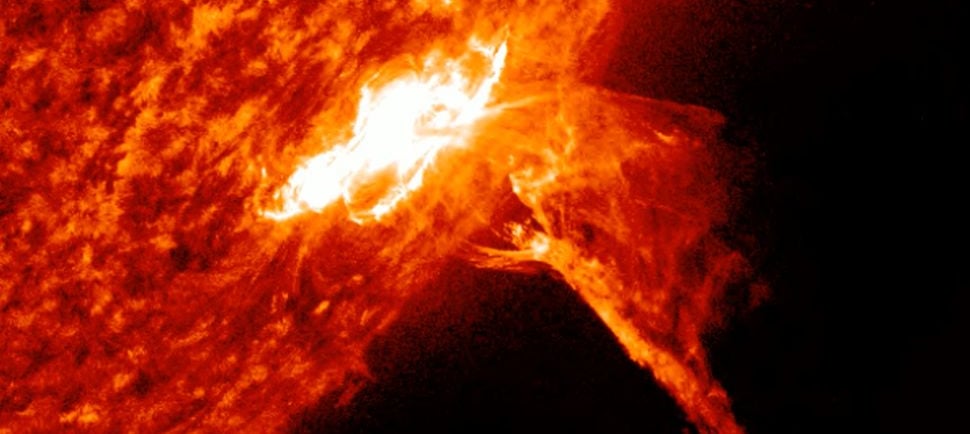When the Sun Spits Plasma at Earth
A cannibal CME slammed into Earth Sept 1, sparking strong geomagnetic storms and auroras reaching farther south.
Geoff Jenkins
9/8/20251 min read


When the Sun Spits Plasma at Earth
Imagine the Sun hurling a billion tons of plasma into space at millions of miles per hour. That’s a coronal mass ejection (CME). These eruptions carry not only charged particles but also large-scale magnetic fields, making them one of the most dramatic drivers of space weather.
What Happens When a CME Hits Earth?
When a CME collides with Earth’s magnetic field, the impact can trigger geomagnetic storms. These storms cause particles in the magnetosphere and ionosphere to accelerate and redistribute, sometimes producing spectacular auroras that reach far beyond the polar regions. But geomagnetic storms aren’t just a light show. They can:
Disrupt satellite operations and navigation systems like GPS.
Interfere with high-frequency radio communication.
Induce currents in long power lines, stressing electrical grids.
Cannibal CMEs: When One Eruption Eats Another
The particular event impacting Earth right now is called a “cannibal CME.” This occurs when a faster CME overtakes a slower one launched earlier. The result is a combined eruption with enhanced density and magnetic field strength, often leading to stronger geomagnetic disturbances than a single CME would cause on its own.
This cannibal CME reached Earth on September 1, sparking a G2 (moderate) geomagnetic storm. Conditions quickly intensified to G3 (strong), and forecasters are monitoring for a slim chance of G4 (severe). Each step up the geomagnetic scale means auroras can extend farther toward mid-latitudes, giving people well outside the Arctic or Antarctic circles a chance to see the lights.
How to See the Aurora Tonight
If you’re hoping to catch a glimpse:
Get as far from city lights as possible.
Look north (south if you’re in the Southern Hemisphere).
Use a camera with night mode or long exposure to capture faint structures your eyes may miss.
Whether you’re a scientist, photographer, or simply curious, witnessing an aurora connects you directly to solar activity playing out across 150 million kilometers of space. It’s a reminder that Earth’s magnetic shield is not static but constantly reshaped by the Sun.
